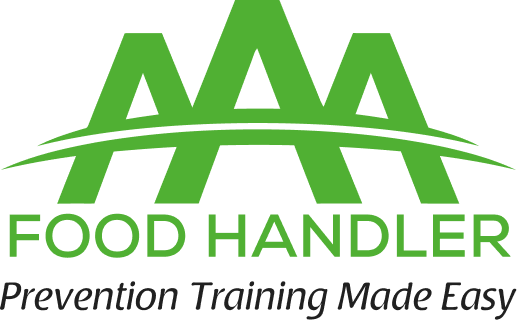NEW YORK
FOOD HANDLERS CARD
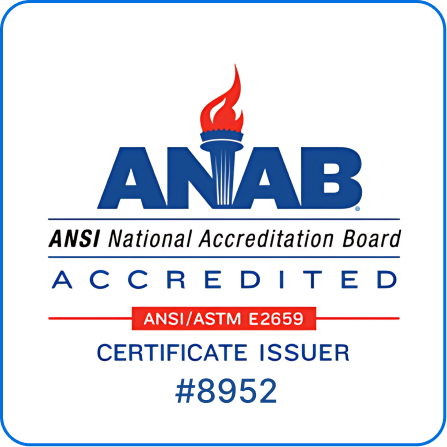
- ANSI National Accreditation Board (ANAB) Accredited
- Approved and Accredited in New York
- 100% Online, Accessible 24 hours a Day, 7 Days a Week
- Course Duration: 1.5 Hour
- Course Access: 3 Months from Purchase
- Owners/Managers: Manage, Track, and Report Employee Progress
- Certificate of Completion upon Successful Completion of Final Exam
- Exam Passing Score 70%
- 2 Chances to Pass the 40 Question Final Exam
- Languages Available: English, Spanish
- Bulk Discount Pricing Available
Our clients
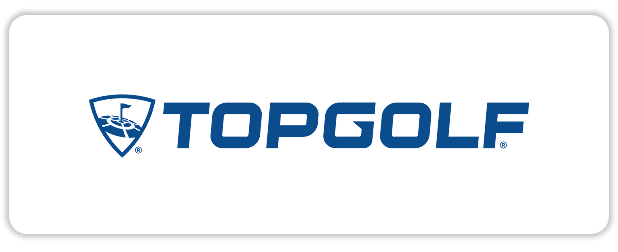


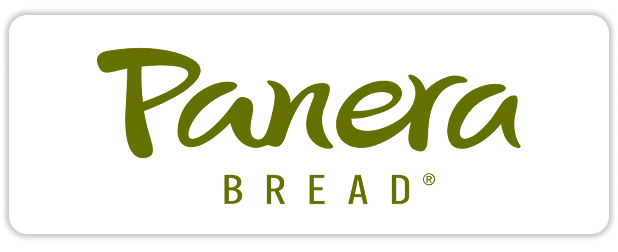
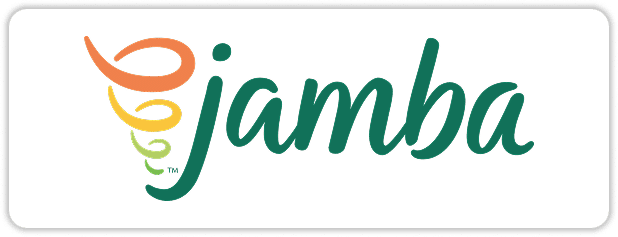

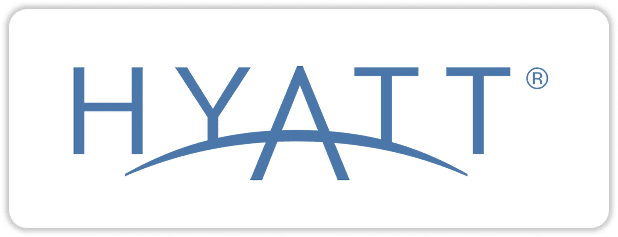
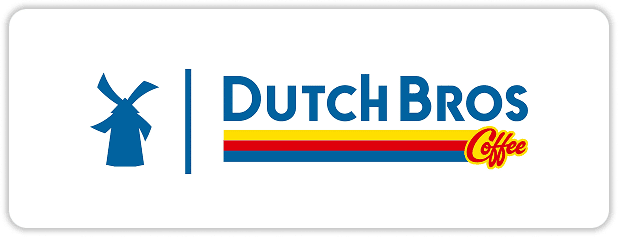
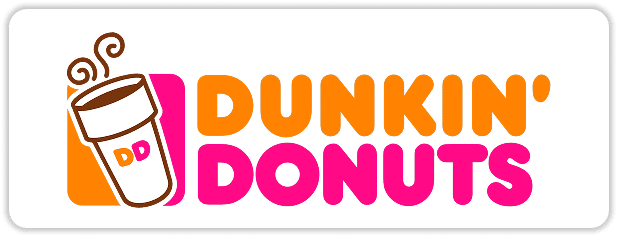
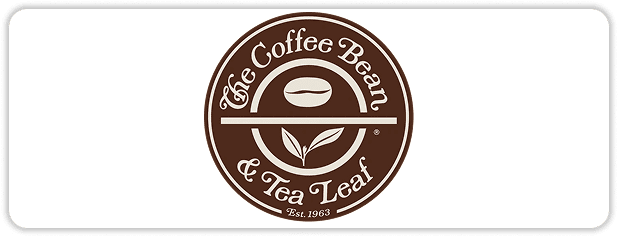
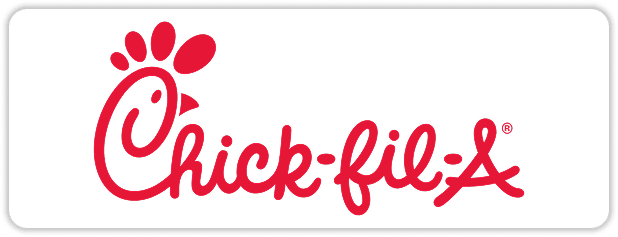

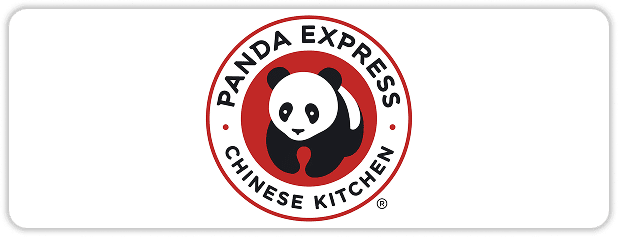
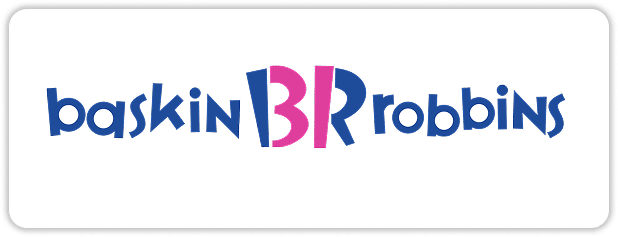


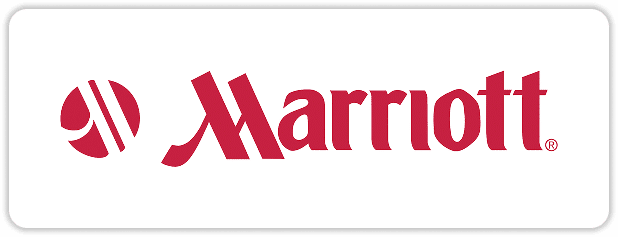

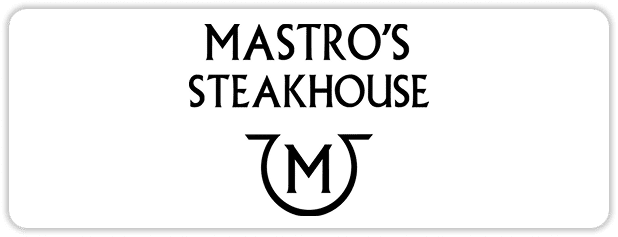
BENEFITS OF TRAINING
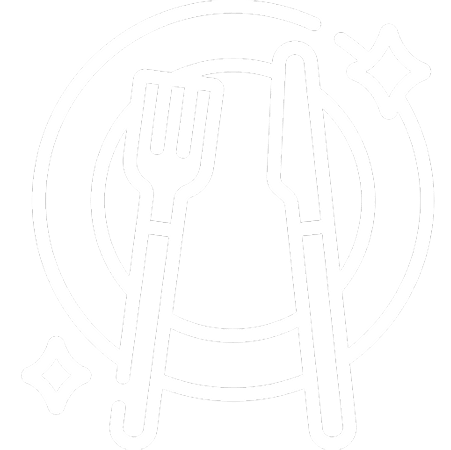
PREVENT
Education is the best tool to prevent, minimize, or eliminate foodborne illnesses and food hazards.
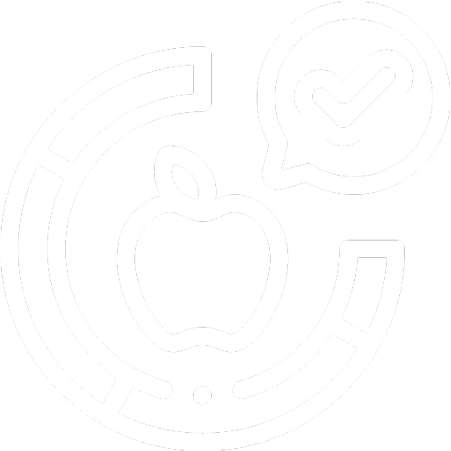
AWARENESS

ELIMINATE
Training helps reduce or eliminate food safety hazards before they become major issues.

MINIMIZE

PRODUCTIVITY
Reducing food safety complaints will create a happier workplace and in turn increase productivity.

WORKPLACE SATISFACTION
WHY CHOOSE US

- Satisfaction Guarantee
- Online Interactive Course
- Meets and Exceeds State Guidelines
- Price Match Guarantee
- Owners and Managers: Manage, Track and Record Employee Progress
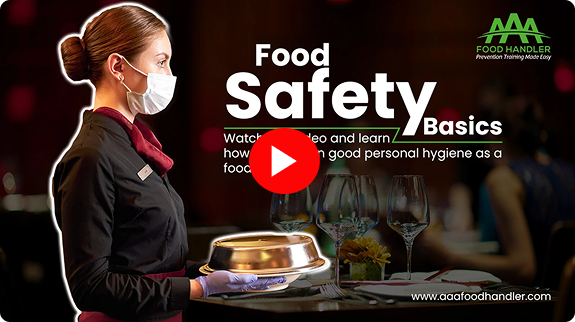
Getting Your Food Handler Card is Quick and Hassle-Free
Numerous professionals nationwide have already earned and renewed their card with AAA Food Handler — a trusted name in food safety training.
FREQUENTLY ASKED QUESTIONS (FAQs)
Food handler training is required in a few New York counties, including:
- Westchester County
- Tioga County
- Livingston County
- Monroe County
- Chautauqua County
Some counties only accept certain training courses as valid. Check with your local county health office to find out where you can earn a valid food handler certificate.
In other parts of New York, food handler training is recommended. Many employers prefer a food handler certificate because it shows commitment to food safety, protects customers, and safeguards the business’s reputation.
Even if it’s not legally required in your county, food handler training helps you:
- Prevent foodborne illnesses for customers
- Reduce risks that could damage your business
- Learn proper hygiene and safety practices
New York has experienced numerous foodborne outbreaks. According to the CDC, there were 64 outbreaks in 2016 and 2017, up from 51 in 2015. Practicing proper food safety can help reduce such incidents.
You can complete the AAA Food Handler New York course online. After completing the 1.5-hour course and passing the final exam, your certificate is issued instantly. You can download and present it to your employer.
Yes. Many jurisdictions accept online food handler training, but some counties may have restrictions. Even where not required by law, online training is a convenient, cost-effective way to earn your certificate and learn proper food safety.
AAA Food Handler courses are accredited by the ANSI National Accreditation Board (ANAB), following the highest standards for food safety education.
Expiration is set locally by the county or the employer. Typically, food handler certificates are valid for 2 to 3 years. Renewal ensures your knowledge of safe food practices stays current.
The New York Food Handler course covers key food safety practices, including:
- Handwashing and personal hygiene
- Cross-contamination prevention
- Safe cooking and storage temperatures
- Cleaning and sanitizing procedures
- Understanding foodborne illnesses
Your New York Food Handler Certificate qualifies you for positions in:
- Restaurants
- Coffee shops and eateries
- Food trucks
- Catering services
- Grocery and convenience stores
According to the New York State Restaurant Association (NYSRA), there were 865,800 restaurant and food service jobs in 2019, projected to grow 5.6% by 2029.
Sample Wages (BLS Data):
Job Title | Average Hourly Wage | Average Yearly Wage |
Dishwasher | $12.70 | $26,410 |
Waiter/Waitress | $16.57 | $34,460 |
Fast Food Cook | $12.60 | $26,210 |
Restaurant Cook | $14.64 | $30,440 |
Having your certificate before applying gives you a competitive advantage
Some states may accept it, but rules vary. Always confirm with local authorities if your New York Food Handlers Card is valid outside the state.
Working in a county that requires training without a certificate can result in:
- Fines or penalties
- Job ineligibility
- Violations of the establishment’s health inspection report
Having a valid certificate helps protect both employees and businesses
